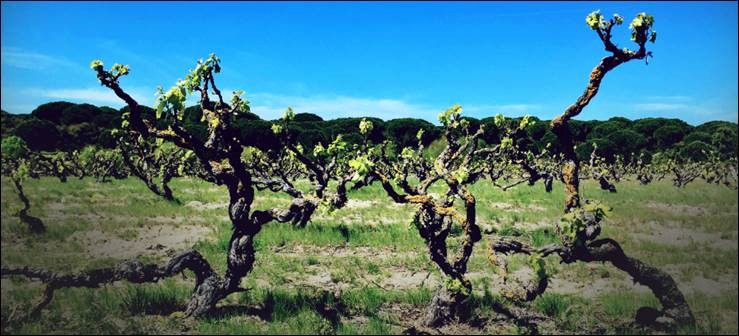Pegos Claros
Trivia question: for decades, this was the most widely-planted variety in Portugal, covering a vast and productive swath from the south up to the west-central Atlantic coast. Since 2004 its surface has halved to see it overtaken by more-familiar names like Touriga Nacional, Touriga Franca, and Tinta Roriz (Tempranillo). What is it? You’d be forgiven if the answer, Castelão, doesn’t ring a bell. Loved (and perhaps abused by) growers for its ability to adapt to almost any conditions and, with a bit of irrigation, yield a prodigious crop of pleasantly innocuous blending material, it never attained a real fine-wine reputation as it requires a rare mix of perfect terroir, low yields, and sensitive handling to strut its full stuff as a world-class red.
Thankfully, we’ve found a terrific estate that checks all those boxes. We’re thrilled to introduce Pegos Claros!
Founded in 1920 in the Setúbal Peninsula southeast of Lisbon, Pegos Claros is an insider’s secret for the unique quality of its Castelão. Most of the estate’s ground is given over to cork oak and pine forest, but its grapevines are a treasure trove of venerable Castelão likely without parallel: thirty solid hectares planted in the 1920s and the 1950s in a meter of sandy topsoil. In an average year, these unirrigated elders yield just 20 hectoliters per hectare of small-berried goodness.
Consulting enologist since 2012 is Bernardo Cabral, known to us from his stellar work at the Pico co-op in the Azores. He’s working with characteristic attention to detail here and producing captivating and affordable expressions of this unique raw material. There’s a light-touch entry-level red called ‘Claro’, as well as a gutsier reserva bottling which provides meaty depths without insensitive oak application sadly common to Portuguese reserva reds. Don’t miss these!




